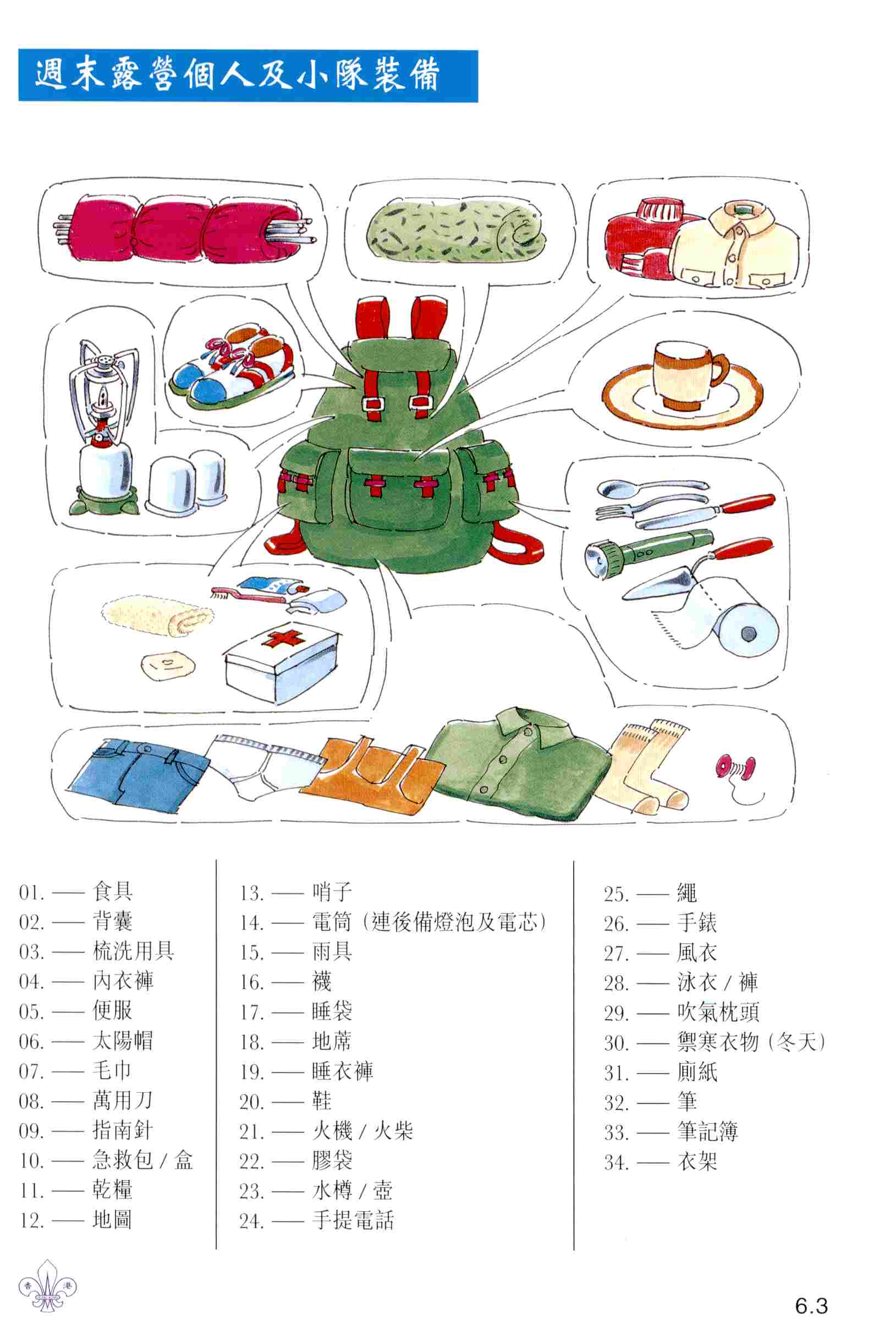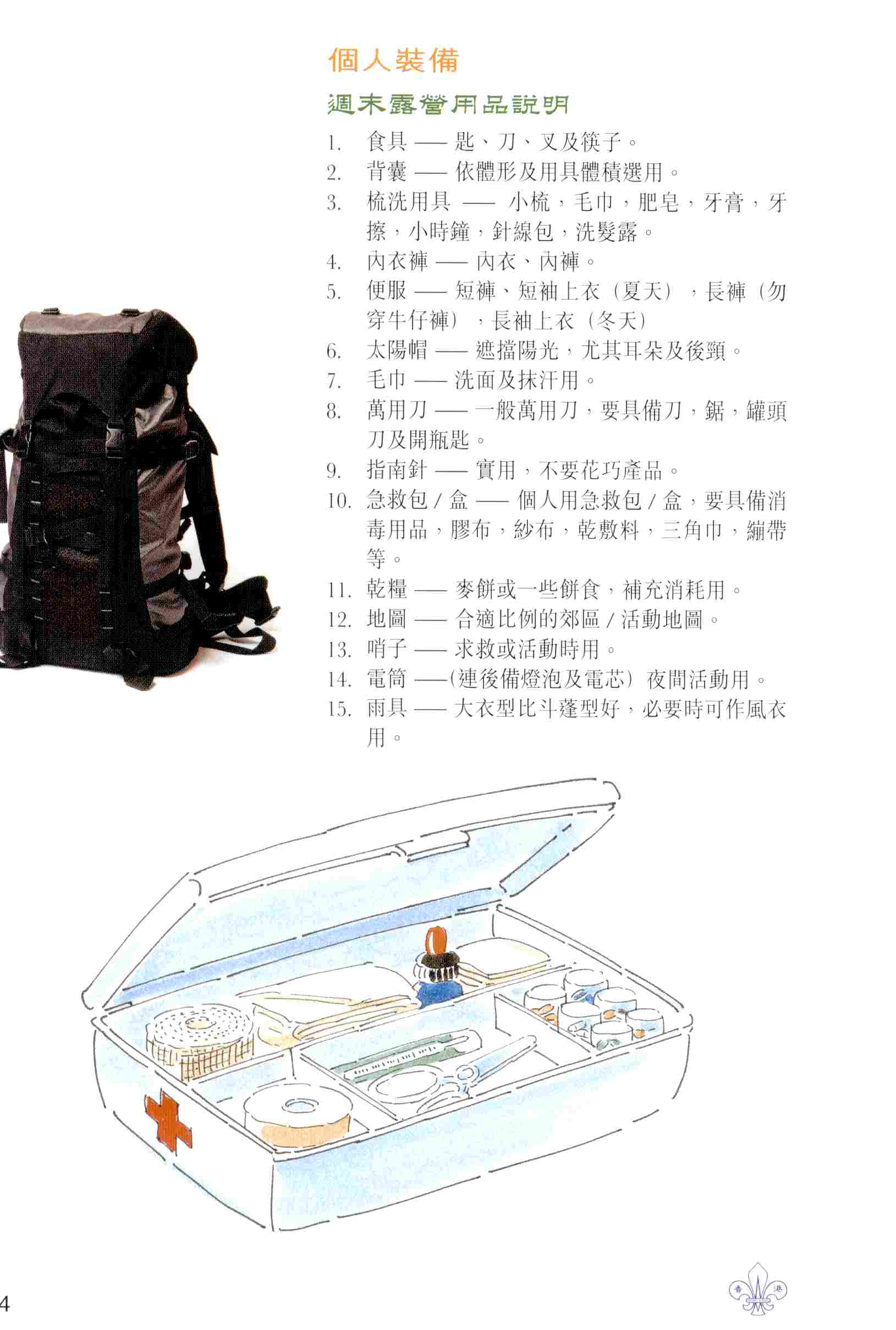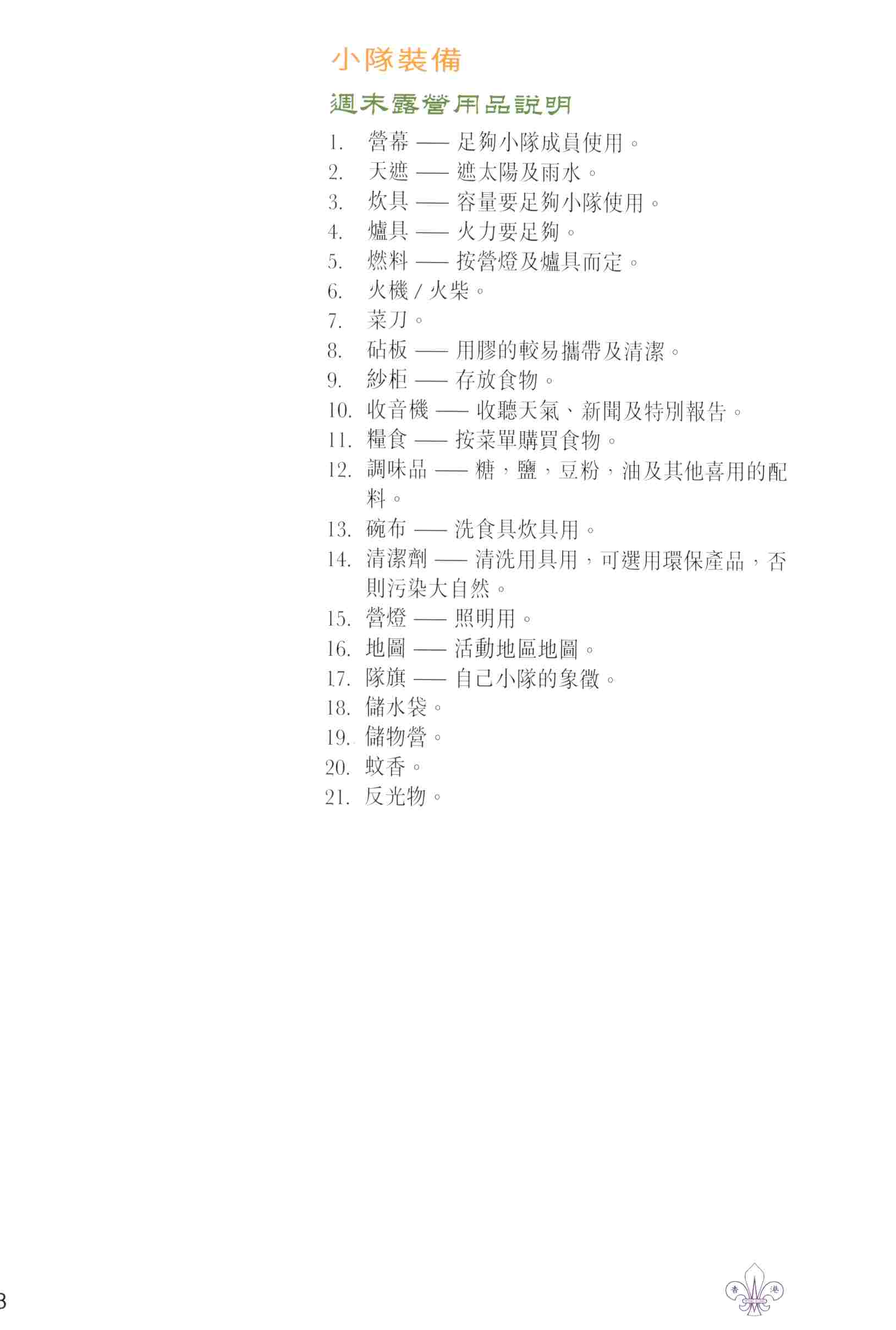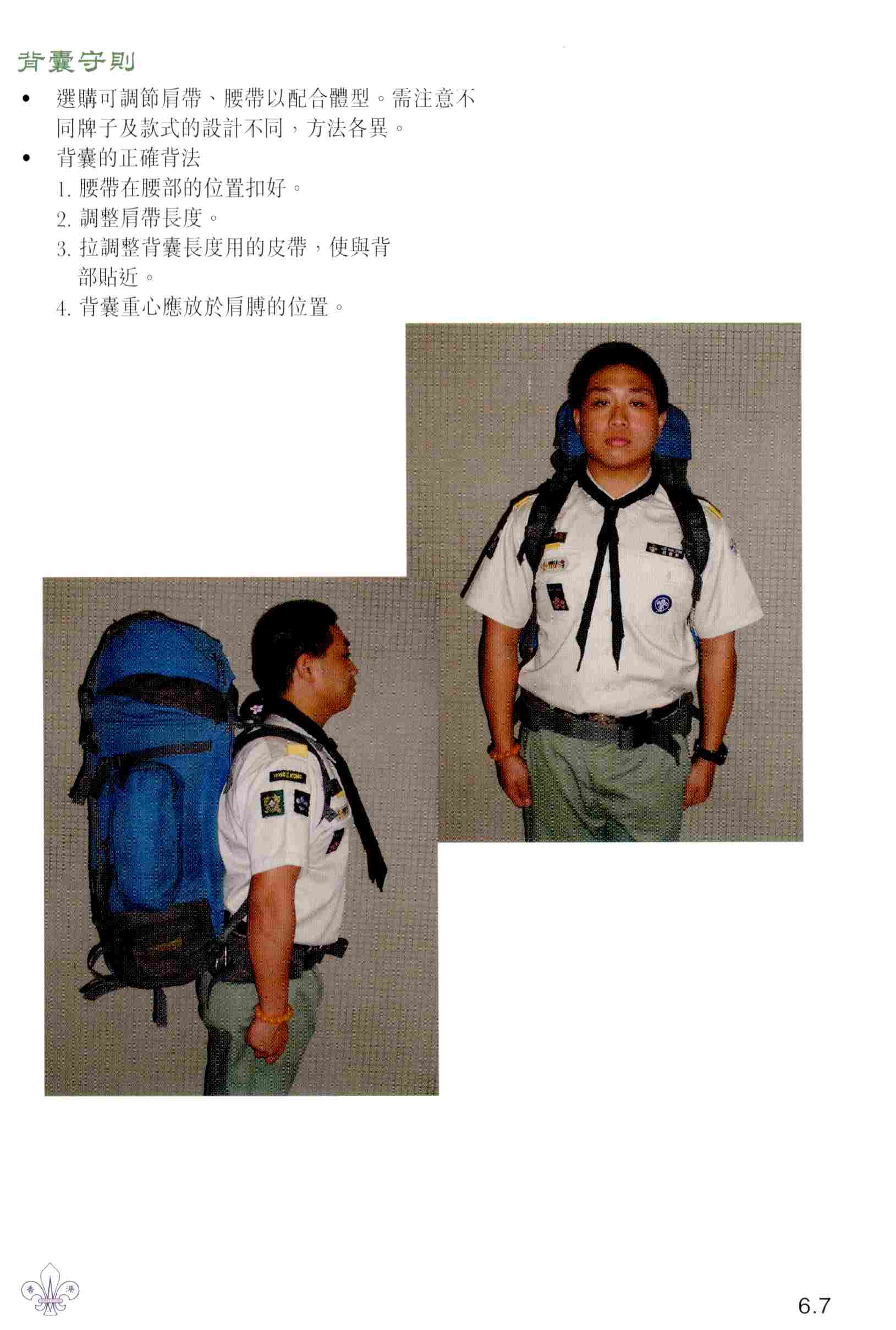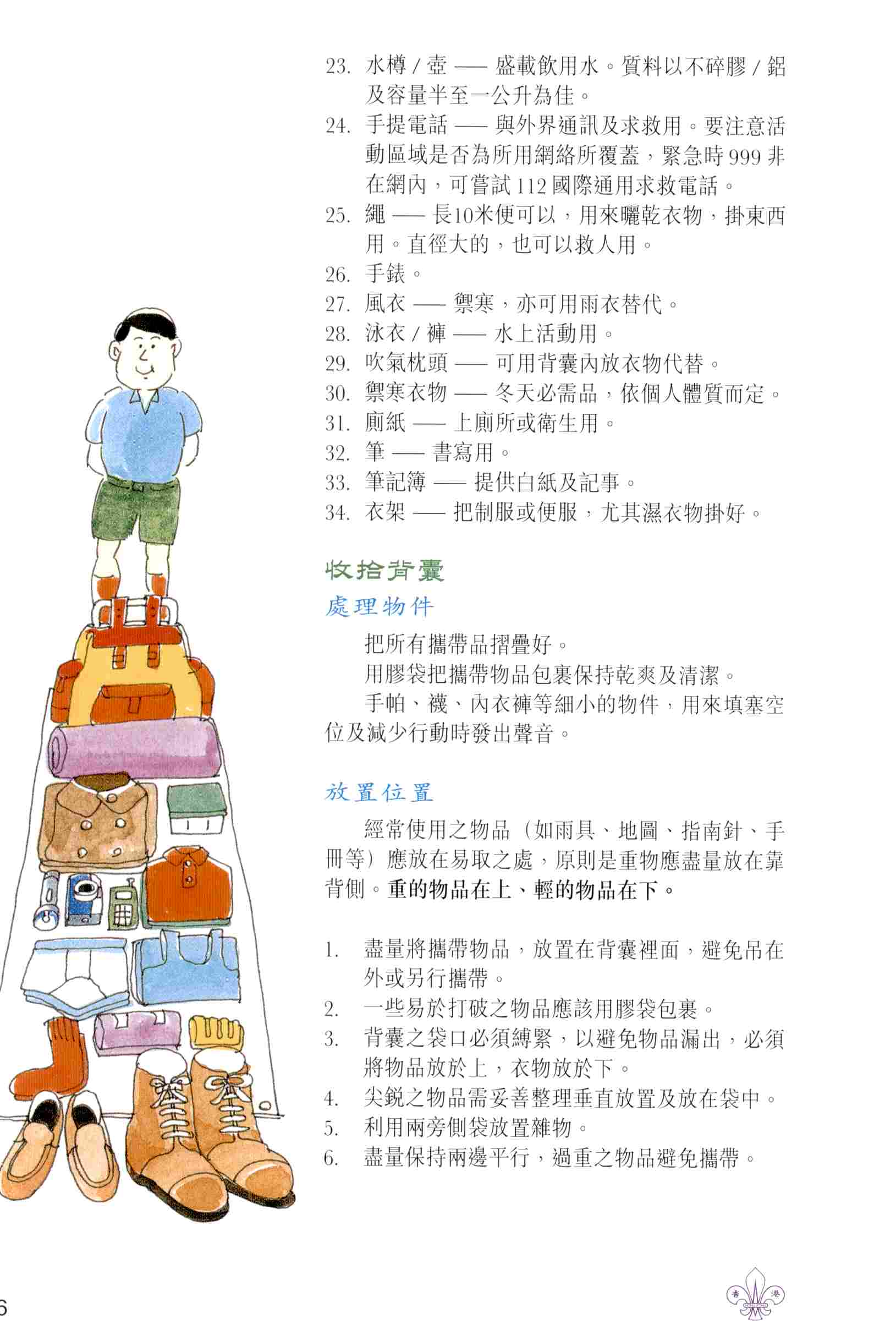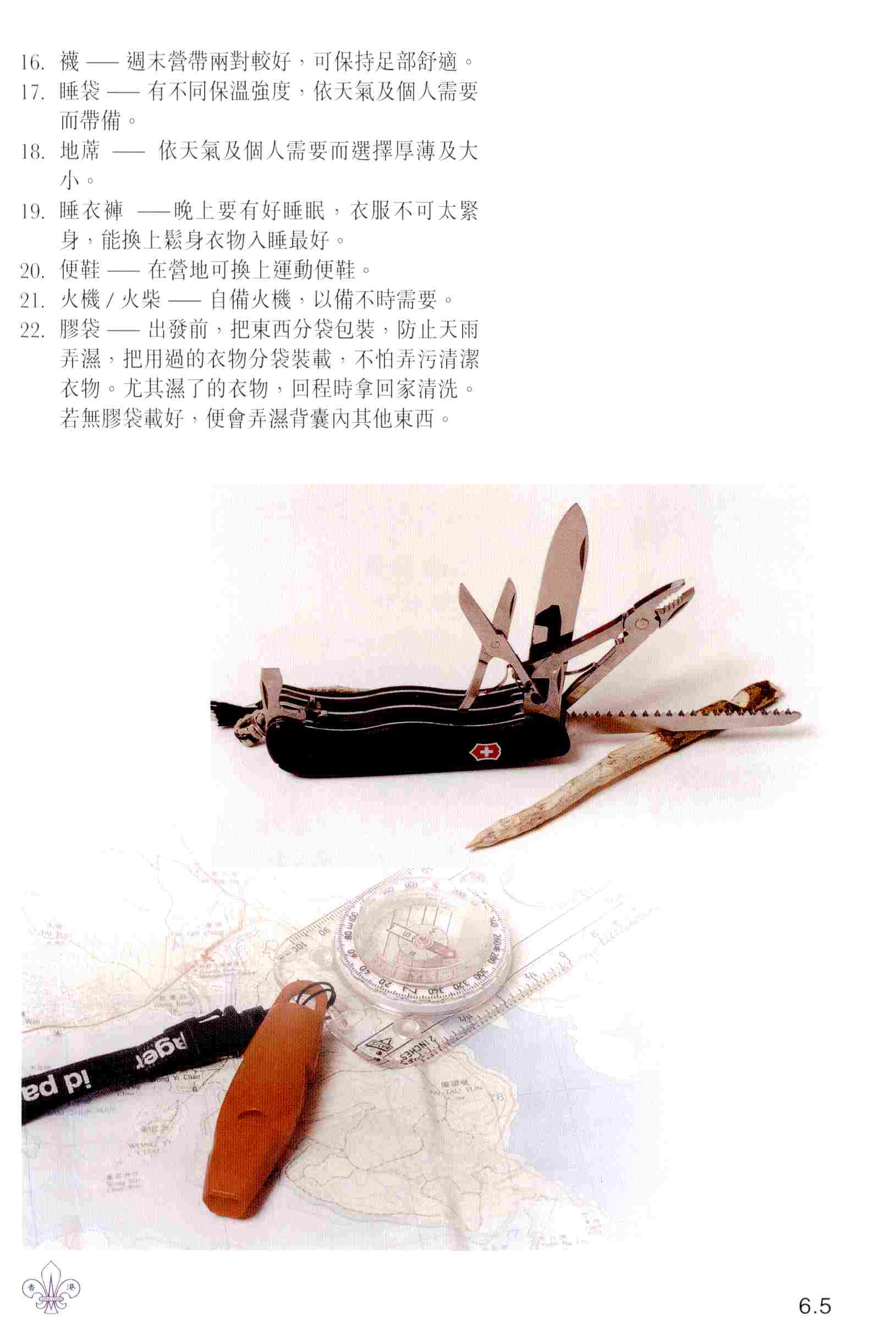Air Scout Projects
In addition to the training provided by regular Air Scout Meetings and the assistance of Air Scout Leaders, the following are selected training resources to help Air Scouts to get training awards.
會員章 International Scout membership badge
International Scout membership badge
The Chinese National Flag and Emblem 中華人民共和國國旗 國 徽-Double click here to find out.

The Chinese National Anthem 中華人民共和國國歌 - Double click to find out.

義勇軍進行曲- Double click here to find out.

The History of the Scout Movement and the development of world Scouting -double click to find out.
The first "Aviation Badge Award" an Air Scout should aim to get is the Airman Badge (航空章).

Different Parts of a fixed-wing aircraft (1) - Double click here to find out.

Different Parts of a fixed-wing aircraft (2) - Double click here to find out.

Different parts of a glider - Double click here to find out.

Moving Parts of a fixed-wing aircraft to control direction- Double click here to find out.

Other parts of an aircraft to control direction - Double click here to find out.

More Aircraft parts - Double click here to find out.


Early History of Flight - Double click here to find out.
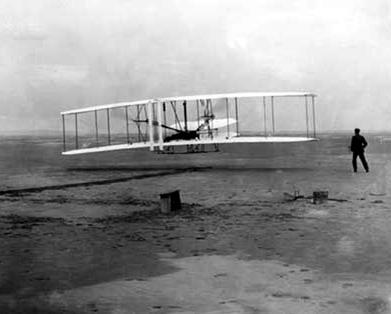
History of Powered Flight - Double click here to find out.
More on History of Human Flight -Double click here to find out.
Do you know anything about a hidden un-sung Chinese Aviation History
in Saskatoon Canada ? Double click to find out.

Chinese Aviation War Heroes - Double click to find out

Kai Tak- a chapter in the aviation history of Hong Kong

Real landing at Kai Tak Runway 13

Aviation History of Hong Kong - Double click to find out.
A Chapter about the Aviation History of Hong Kong -Double click to find out.

Archives in the hong Kong Government Public Records Office(香港政府歷史檔案館)
on Hong Kong's own outstanding aviators.


Common Knowledge
Recently we have come across nonsense talking by silly ignornant people saying the JPs in Hong Kong is of a higher grade while the JPs in other country is of a lower grade. This is complete nonsense. Therefore we include a projects here so that all Air Scouts will acquire some common knowledge about Justice of the Peace and will not be confused by the fallacy of silly ignorant people; as well as knowing why, when and where they can approach a JP for assistance.
The truth is : Throughout history and nowadays, it is universally all over the world a great title of honour to be appointed as a J.P., and, on the contrary, JPs in Australia and the UK have a lot more power and judicial functions than JPs in Hong Kong. As for qualifications, in other countries, there is a minimum requirement or minimum qualification for a person to be appointed as a JP. But in Hong Kong, after searching through the Laws on JP, it is found that there is neither minimum requirement nor qualifications stated. In other words, anyone can be appointed as a JP in Hong kong by the Governor (or the CE after 1997) if he likes him/her to be a JP. Also there is no JP training required in Hong Kong. (in Queensland Australia, Qualified JP needs to attend training course and to pass an examination where the passing mark is 70% high !).
Read on for full details.HISTORICAL BACKGROUND & the Origin of J.P. and their Office of Duty.
The Office of Justice of the Peace was first established in England by statute in the fourteenth century. The “good men and lawful” appointed to the position were given far ranging powers, making them the “jacks of all trades” in the day to day administration of the community.
It was during the reign of Edward III from 1327 to 1377 that the position of Justice of the Peace was officially created.
From Edward III's reign, appointments were made exclusively by the Sovereign. This enabled regular succession of officers whose primary task was to prevent offences from being committed rather than to punish and try offenders.
Gradually Justices of the Peace were invested with wider judicial authority to regulate trade and the police. By the reign of Henry IV, it had become the rule to charge Justices of the Peace with these duties.
Early in the reign of Henry VII it was enacted that justices, at their discretion, could hear and determine all offences short of felony. In 1653, justices were empowered to take the mutual declarations of the contracting parties to a marriage. They were also authorized to receive information about any indictable offence and were invested with important administrative functions such as licensing alehouses and controlling police. They acted, of course, in an honorary capacity.
The powers vested in the Office at this time were so wide-ranging they could only be listed under their alphabetical order in the Charter of Justice. One historian, describing their work, said “they regulated wages, prices, profits, employment, marriages, wearing apparel, apprenticeship and house building... they were put in charge of the regulations dealing with weights and measures, the maintenance of bridges, the upkeep of roads, the administration of the Poor Law, the building and control of local prisons".
When the colony of New South Wales was settled under Governor Phillip, the Office of Justice of the Peace as it then existed was inherited from England. Governor Phillip was himself appointed a Justice of the Peace by his Letters Patent and given power to make other appointments.
Increasing populations in both England and Australia, coupled with the growing complexity of legal questions arising, and led the Governments of the two countries to establish paid magistracies.
In England in 1837, an Act was passed authorizing the appointment of Police Magistrates by the Crown, and in 1863 the “Stipendiary Magistrates’ Act” entitled cities, towns and boroughs of 25000 inhabitants and upwards to have a Stipendiary Magistrate.
In 1833, it was enacted that the Governor of NSW could spasmodically appoint two or more Police Magistrates for the town of Sydney. These magistrates were also charged with the nomination and control of the Police Force. In 1838 power was given to appoint a Police Magistrate to the towns of Parramatta, Windsor, Maitland, Bathurst and other towns declared by the Governor to come under the operation of the Act.
History shows that successive Governments in New South Wales have pursued a policy of appointing full-time magistrates to deal with judicial and ministerial responsibilities in Local Courts and other courts of summary jurisdiction. In 1850, the Colonial Police Act was passed regulating the police force and transferring control thereof to the Inspector-General of Police. By the Metropolitan Magistrates’ Act, 1881, power was given to appoint up to six Stipendiary Magistrates within the Metropolitan Police District. With the expansion of the magistracy, the powers vested in Justices of the Peace began to reduce.
FUNCTIONS AND DUTIES of a Justice of the Peace TODAY
Nowadays, it is universally all over the world a great title of honour to be appointed as a J.P. although the functions and duties of a Justice of the Peace vary from country to country and from State to State, and, despite the fact that the functions and powers of JPs in Hong Kong has been greatly reduced to only visiting prisons and administering statutory declarations.
In Queensland, Australia, in addition to being a title of honour, a JP has a wide range of judicial functions and powers from witnessing document to issuing police Warrants and Summons and to granting detention or bail.
Their duties including:
Witnessing documents
Administer statutory declaration
Witnessing oaths and affirmations
Witnessing affidavits
Witness a will
Witnessing general powers of attorney, enduring powers of attorney
and advance health directives
Witnessing land-title documents
Witnessing consent to the marriage of a minor
Witnessing international, Commonwealth and interstate documents
Certifying copies of documents
Issuing summonses
Issuing arrest warrants
Issuing search warrants
Issuing a justices examination order (JEO)
Issuing warrants and summons under the Peace and Good Behaviour Act 1982
Issuing a summons under the Domestic and Family Violence Protection Act 1989
Attending a record of interview
Granting extensions of detention periods
Witnessing the destruction of identifying particulars
Deal with an application for an external body search -Customs Act 1901
Granting an refusing bail
Hearing a bail application
Sureties
In NSW, in addition to being a title of honour, many of the traditional functions and duties of the part-time JPs were taken up by the employment of full-time magistrates.
Under the Justices of the Peace Act 2002, following the repeal of the Justices Act 1902, the duties of NSW JPs becomes a lot simpler and lighter. They are primarily:
• administering oath declarations or affidavits, and taking statutory declarations and affirmations principally under the Oaths Act 1900;
• witnessing signatures; and
• attesting and certifying documents.
Hong Kong JPs : a great degeneration to the bare minimum - titles of honour
In Hong Kong, the historical functions of Justices of the Peace have been replaced by full-time, legally qualified magistrates. Nowadays, with their powers and functions removed, Justices of the Peace in Hong Kong have shrunk to the bare-bone minimum as merely titles of honour given by the Government to community leaders, and to certain officials while they are in their terms of offices. Justices of the Peace in Hong Kong have no judicial functions, and their main duties has been greatly reduced to only visiting prisons, institutions for young offenders and drug addicts, psychiatric hospitals, remand homes, places of refuge, reception and detention centers, and administering statutory declarations.
In other countries, there is a requirement or minimum qualification for a person to be appointed as a JP. But in Hong Kong, after searching through the Laws on JP, it is found that there is neither minimum requirement nor qualifications stated. In other words, anyone can be appointed as a JP by the Governor (or the CE after 1997) if he likes him/her to be a JP. Also there is no JP training required in Hong Kong. (in Queensland Australia, Qualified JP needs to attend training course and to pass an examination where the passing mark is 70% high !).
Reference Queensland JP Hand Book and NSW JP Handbook and http://en.wikipedia.org/wiki/Justice_of_the_Peace#Hong_Kong

Patrol flags are fun to make and help identify a patrol
Scouts may wish to make a flag for their patrol. Deciding on a design is a good teamwork activity, as Scouts will have different ideas which can be put together to create a single design. When the flag is done, it helps the patrol to feel like a team. A patrol flag is normally carried on a staff by the patrol leader. A flag can help the patrol to get organized. Scouts can easily find their PL in a group by looking for a flag held in the air. The flag staff can be put in the ground to mark where a patrol should pile their kit when leaving for camp.
The traditional shape for a patrol flag is a pennant (BP nd:40). Flags should bear the patrol animal and the name of the troop, but the design of how these appear is up to the patrol. The easiest way to make a flag is probably to cut the patrol-designed shapes out of felt and sew these with a sewing machine onto a nylon or other cloth pennant. The shapes can first be sketched on the felt, making it easy to cut the right shape.
To help your Scout design their patrol flag, you can print them copies of this patrol flag outline (PDF). This PDF file contains one page with two pennant shaped outlines.
Source : Scoutdocs A
project of Scouter Liam Morland
Copyright © 1996/2008.
Click here for some of the Scout Patrol Animal/Bird Images.
Happy reading !
Francis

The Shek Kong Airfield (Chinese: 石崗機場)
The Shek Kong Airfield (Chinese: 石崗機場), ICAO:VHSK), or
formerly Sek Kong Airfield, is the airbase of People's Liberation Army Air Force
in the Hong Kong Special Administrative Region of the People's Republic of China
(PRC). It is located in Shek Kong, near Pat Heung and Kam Tin.
Before the sovereignty of Hong Kong was transferred to the PRC in 1997, the
airbase was used by the British Forces Overseas Hong Kong, and was then known as
RAF Sek Kong. Construction of the airbase started in 1938, and was completed in
1950. The delay was due to Japanese occupation during the World War II. It was
the first airport in Hong Kong with a paved runway. The general public can use
the airport to learn to fly and operate private aeroplanes during weekends.
From the mid 1980s to 1992, RAF Sek Kong was a Vietnamese Refugee Detention
Centre.

Camp Craft
(Source:Scout Basic Skills Training Handbook)

